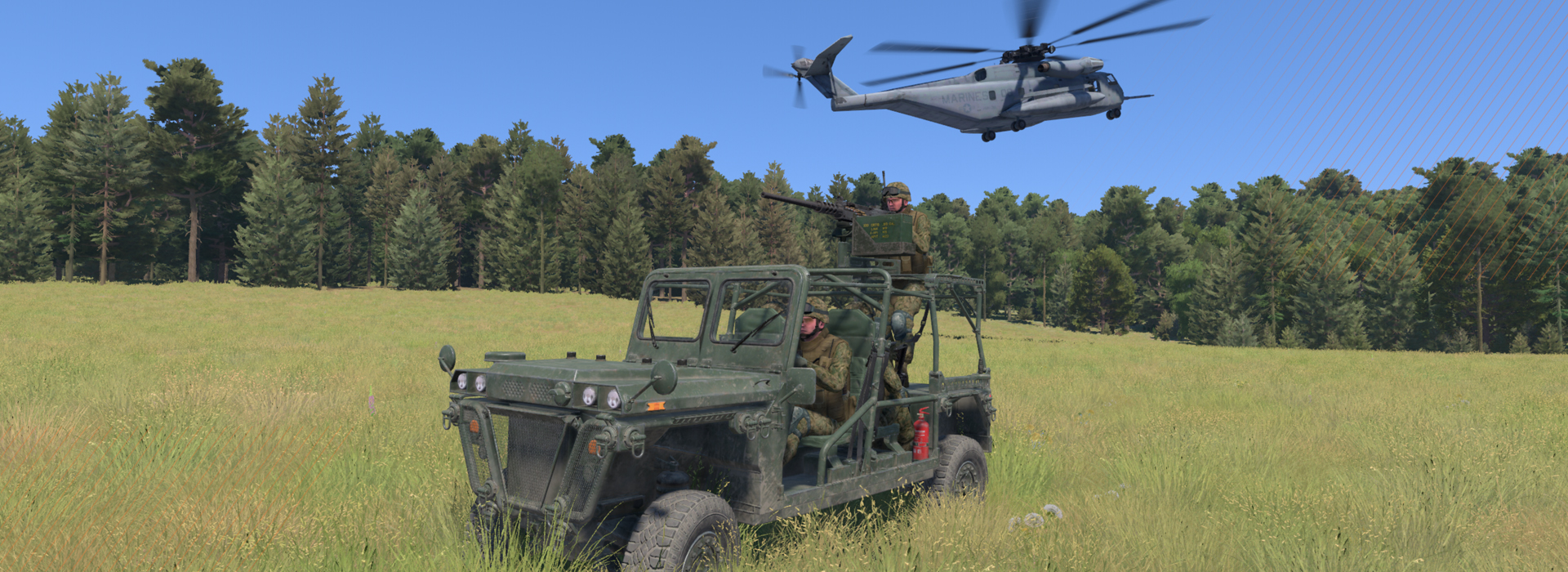ORLANDO, Fla. (USA) — Bohemia Interactive Simulations (BISim), a global developer of advanced military simulation and training software, announced today that the U.S. Marine Corps has recently acquired hundreds of VBS4 licenses for the DVTE program.
he Deployable Virtual Training Environment (DVTE) is a laptop PC-based simulation system capable of emulating Marine Corps Infantry Battalion weapons systems and training scenarios. DVTE is part of a Commander’s “training toolkit” for achieving an improved level of combat readiness. BISim’s Virtual Battlespace product series has been a key component of the Marines’ virtual training efforts since the early 2000s.
“We’re proud to count the Marines among the early adopters of VBS4,” said Pete Morrison, BISim’s Chief Commercial Officer. “This shouldn’t be a surprise to anyone who knows the history of the Marines and VBS – they were among the first to recognize the value of virtual desktop training, began using VBS1 in 2004, purchased an enterprise license of VBS1 (with an option to upgrade to VBS2) in 2006, and have used VBS3 since its release.”
BISim’s recently released VBS4 20.1 is an easy-to-use, whole-earth, virtual and constructive simulation. It is a fully featured desktop training and simulator-ready replacement for all VBS3 capabilities, with its hundreds of use cases and integration possibilities. On top of that, VBS4 introduces VBS Plan and VBS Geo modes for fast and accurate scenario and terrain generation. VBS4 also introduces the VBS World Server (VWS), a complementary companion product to VBS4 that allows training anywhere on the planet instantly out of the box.
“VBS4’s global training capabilities and ability to handle higher artificial intelligence(AI) entity counts offer the Marines the means to explore new operational concepts,” Morrison added. “VBS4 will enable the Marines to simulate and train virtually for operations at a larger scale. For example, an entire Marine Expeditionary Unit can be simulated in VBS4, which was not possible in VBS3.”
Learn more about VBS4 online at vbs4.com.
About Bohemia Interactive Simulations
Founded in 2001, Bohemia Interactive Simulations (BISim) is a global software company at the forefront of simulation and training solutions for defense and civilian organizations. BISim utilizes the latest game-based technology and a 200-strong, in-house team of engineers to develop high-fidelity, cost-effective training and simulation software products and components for defense applications.
Globally, more than 500,000 military personnel are trained every year using VBS software products. More than 50 NATO and NATO-friendly countries and over 250 integrators/prime contractors use VBS technology, many making significant funding commitments to extend VBS product capabilities. Customers include the U.S. Army, U.S. Marine Corps, Australian Defence Force, Swedish Armed Forces, French MoD and UK MoD and most major integrators. VBS products have become, by far, the world’s most widely used COTS product range in the military-simulation sector, supporting hundreds of military use cases and vastly greater military exploitation than any comparable products.

